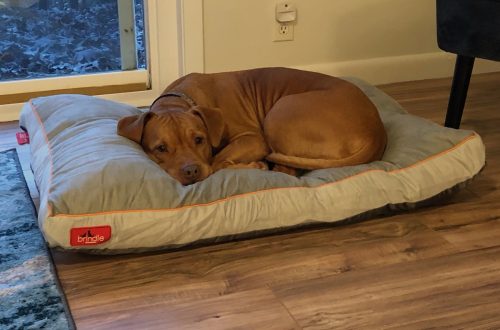
Training Your Kitten
Training a kitten is usually about establishing and reinforcing boundaries and household rules. Using positive reinforcement to train your kitten is the best way to get your message across to your new feline companion. For every “no,” they need a “yes.” Avoid punishing or speaking harshly which will only scare your kitten. Never, ever hit or shake your kitten. Instead, ignore your kitten when she’s behaving badly and give her affection, treats and praise to reward her good behavior. If ignoring isn’t an option, redirect your kitten’s attention to something else. For example, if your kitten bites or scratches your hand, give her a toy to play with instead. If she scratches the furniture, redirect her to a scratching post or pad. If she jumps on a counter you have deemed off limits, remove her from it gently and give her someplace near where she can sit to watch you work. If all else fails, give your kitten a time out by confining her to a bedroom or other small room that houses her litter box.
And on the subject of litter boxes, litter training is crucial to your kitten becoming a successful member of your household and should be started on day one of your kitten’s arrival in your home. Indoor kittens that stay with their mothers until they are fully weaned usually learn a litter box’s purpose by watching their mothers. Kittens acquired from an outdoor location may need some encouragement and instruction. Likely, your kitten will already know what to do, and your only job will be to show her the box. If your kitten came from an outdoor environment, you may need to keep her in a small room that houses the litter box until she is consistently using it to eliminate. With any very young kitten, you may need to remind her where the box is and use positive reinforcement, such as treats and praise, until she gets used to using it on her own without any prompting. If your kitten has “accidents” outside of the litter box, she may be having difficulty finding it if your home is large. Leave a piece of poop in the box; place any solid “accident” in the box so she knows where to go. You may need to confine her to a smaller area of your home and slowly open up additional rooms for her to access as she’s consistently using the litter box.
You can also train your kitten in other ways. Much like puppies, kittens are very smart and have the capacity to learn quite a few tricks. As with any pet, training takes patience. Start with simple commands like calling her to come to her name. Then, you can slowly introduce other commands such as sit, lie down, and stay. Again, it’s important to use positive reinforcement if you want these actions to continue as she gets older. You can follow this link for a beginners cat training video. Good luck!





